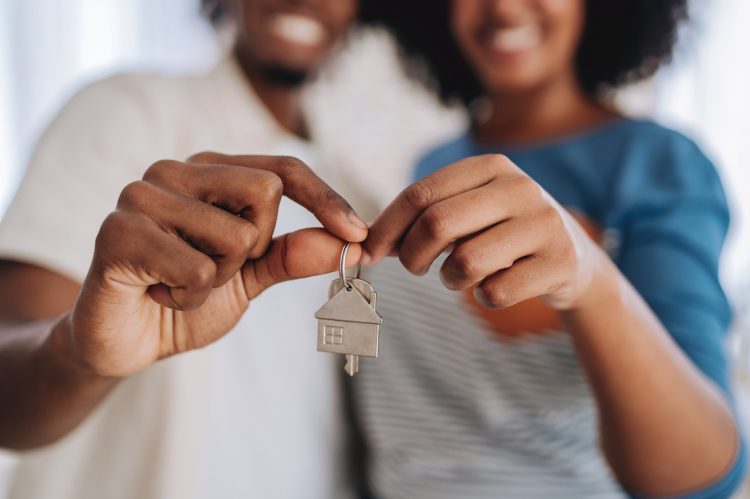A new report from Zillow shows that homeownership is on the rise for Black households. Sixty-two percent of Black homebuyers purchased their first home in 2024; overall, first-time buyers account for 44% of the market.
Black first-time homebuyers reached a record high of 63% in 2023. In 2019, Black households accounted for 47% of first-time buyers, falling to 35% in 2021 and rebounding to 55% in 2022.
Despite affordability challenges, Black first-time buyers are showing a strong commitment to homeownership, a key driver of generational wealth, said Zillow Senior Economist Orphe Divounguy in a press release.
“While income disparities and saving difficulties continue to delay homebuying for Black households, programs like down payment assistance, first-time buyer tax credits and flexible lending options have helped increase access,” he said.
With the rise of remote work, Black renters are 29% more likely than other renters to potentially move into a more affordable metro and make that jump into homeownership, according to a 2020 Zillow study.
In 2024, the typical Black household could afford just 18% of homes for sale on Zillow, compared to 38% for white households. According to the report, Black households earn a median income of $54,896, far below the $95,213 needed to buy the typical U.S. home in 2024 without needing to spend over 30% of their income on housing.
Analyzing typical home values, based on Zillow’s home value index, and comparing it to the typical monthly mortgage payment and the household income necessary to afford it, Zillow tracked the most affordable housing markets for Black households.
St. Louis topped the list with 30.3% of listings within reach in 2024. Birmingham and Memphis closely followed at 29.5% and 29%, respectively. Other affordable markets include Detroit at 28.6%, Baltimore at 25.8%, Pittsburgh at 23.7%, Cleveland at 22.8%, Indianapolis at 22%, Atlanta at 19.2% and Oklahoma City at 18.8%. The least affordable markets included major California metros and Seattle.












